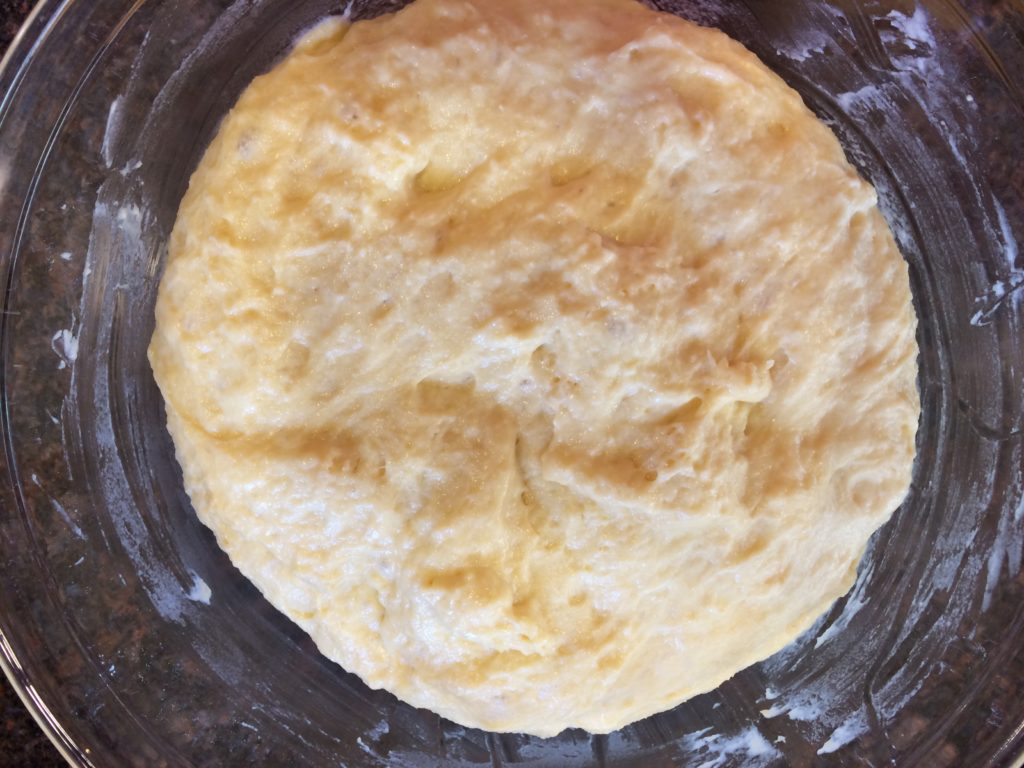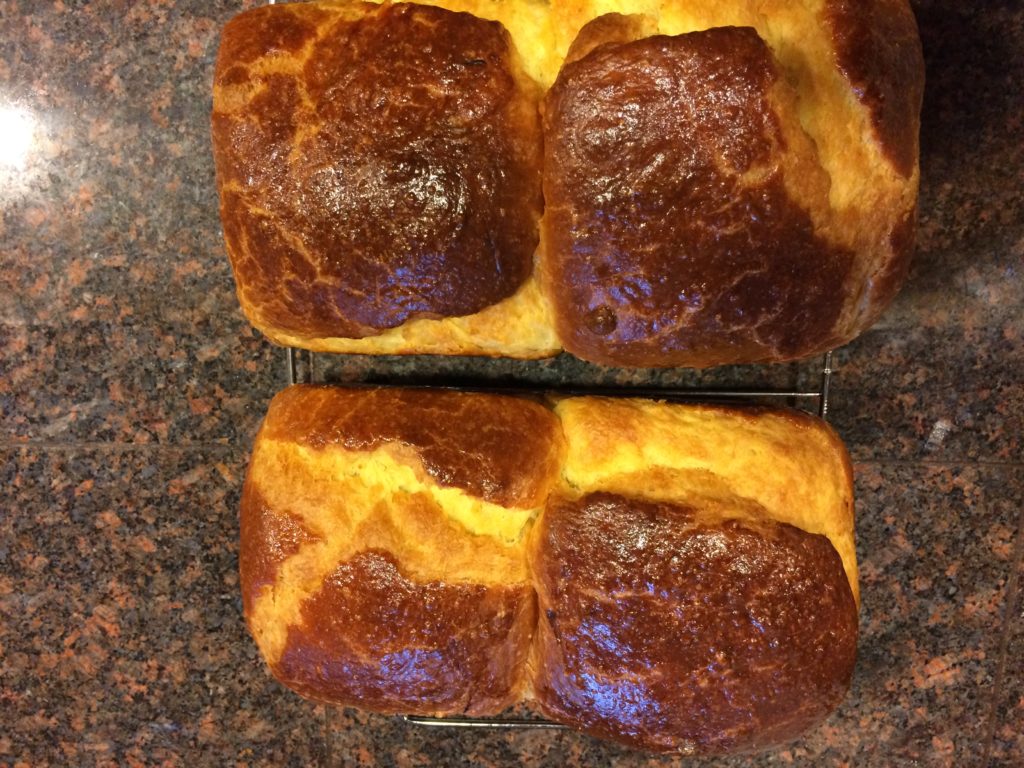When we order Chinese food, we almost always get hot and sour soup as a starter. It provides a good preview of the restaurant’s quality. A good hot and sour soup will have the tang of vinegar with heat from white or black pepper (not chiles). Unfortunately, many restaurants make the soup hours ahead and any volatile flavors will have dissipated by the time a bowl is set before you. So why not make your own?
Hot and sour soup is actually quite easy to prepare. All of the ingredients can be obtained at a supermarket and an Asian grocery. (In Seattle, we can get everything at Central Market or Uwajimaya.) The main time suck involved is soaking the dried fungi and lily buds prior to cooking. Last night I adapted a recipe from Irene Kuo’s The Key to Chinese Cooking (Knopf, 1977) to my own evil purposes. Here’s roughly what I did. This will make enough for dinner one night and lunch the next for two people.
Boil water. Put 4 dried shiitake (or black) mushrooms in a small bowl. In another small bowl, place a large pinch (about 2 tablespoons) of shredded tree ear fungus. In a third small bowl, place a large pinch (about 15-20) of lily buds, also called golden needles. Pour boiling water into each of these bowls and let the contents rehydrate for about 30 minutes.
While the fungi and lily buds are soaking, shred two thin-cut boneless pork loin chops. Place these shreds in a bowl and add 1 teaspoon light soy sauce, 1 teaspoon dry sherry, 2 teaspoons cornstarch, and 2 teaspoons sesame oil. Stir until the cornstarch is evenly distributed on the pork shreds. Put the pork in the refrigerator while you’re cutting up the rest of the ingredients.
Take about 4 ounces of extra-firm tofu and cut into small pieces. Open a can of sliced bamboo shoots, take out about 1/4 cup, and cut those to about the same size as the tofu.
When the soaking time is up, drain all three of the soaking bowls. De-stem the shiitake mushrooms and cut the caps to roughly the same thickness as the tofu. Cut off any hard spots on the shredded tree ears and lily buds.
Take out three more small bowls. (Yes, this recipe uses a LOT of dishes. I used the soaking bowls for these functions because I was running out of small bowls.) In one, beat an egg with 1 teaspoon Asian (dark) sesame oil. In the second, mix together 1 1/2 tablespoons light soy sauce, 2 tablespoons vinegar, and 1/2 to 1 teaspoon freshly ground black pepper. For the vinegar, you can use Chinese Chenkong, red wine, or cider vinegar. In the last one, stir together 2 tablespoons cornstarch with 3 tablespoons water and 1 tablespoon sesame oil.
Now we can actually start cooking. Irene called for a quart of chicken or meat stock. I like a little more umami in my soup, so I added about a cup of beef stock and the soaking water from the shiitake mushrooms to the quart of chicken broth. Bring this to a boil over high heat. To add a little more Asian flavor, I threw in a chunk of fresh ginger and two pieces of star anise. I strained them out once the broth came to a boil, and stirred in the sliced shiitakes, lily buds, and bamboo shoots. Reduce the heat to low and let simmer for about 5 minutes. Stir in the pork and increase the heat. Once the soup returns to a boil, stir in the tofu and shredded tree ears. Reduce the heat again, cover, and simmer for about 3 minutes. Re-stir the cornstarch-water-sesame oil slurry: pour that into the soup with one hand while stirring with the other. The soup should thicken, but not be gloppy. Take the pot off the heat and pour in the egg in a wide circle. Stir the soup to break up the egg into shreds. Put the vinegar mixture into a large serving bowl, and pour the soup into the bowl. This assures that the vinegar won’t get boiled away. Garnish the soup with chopped scallions and/or cilantro and serve. If the soup isn’t hot or sour enough for you, add more vinegar or hot sauce/pepper at the table.
Julian’s mother, Betty, was a big hot and sour soup aficionado. We’d smuggle it into her room at the nursing home along with shrimp and broccoli and barbecued spare ribs from the Chinese restaurant down the street. (She lived in a nursing home that kept a kosher kitchen, but residents could eat anything in their rooms except during Passover.) After Julian tried this recipe, he paid me a high compliment: “Betty would have approved.”




Recent Comments